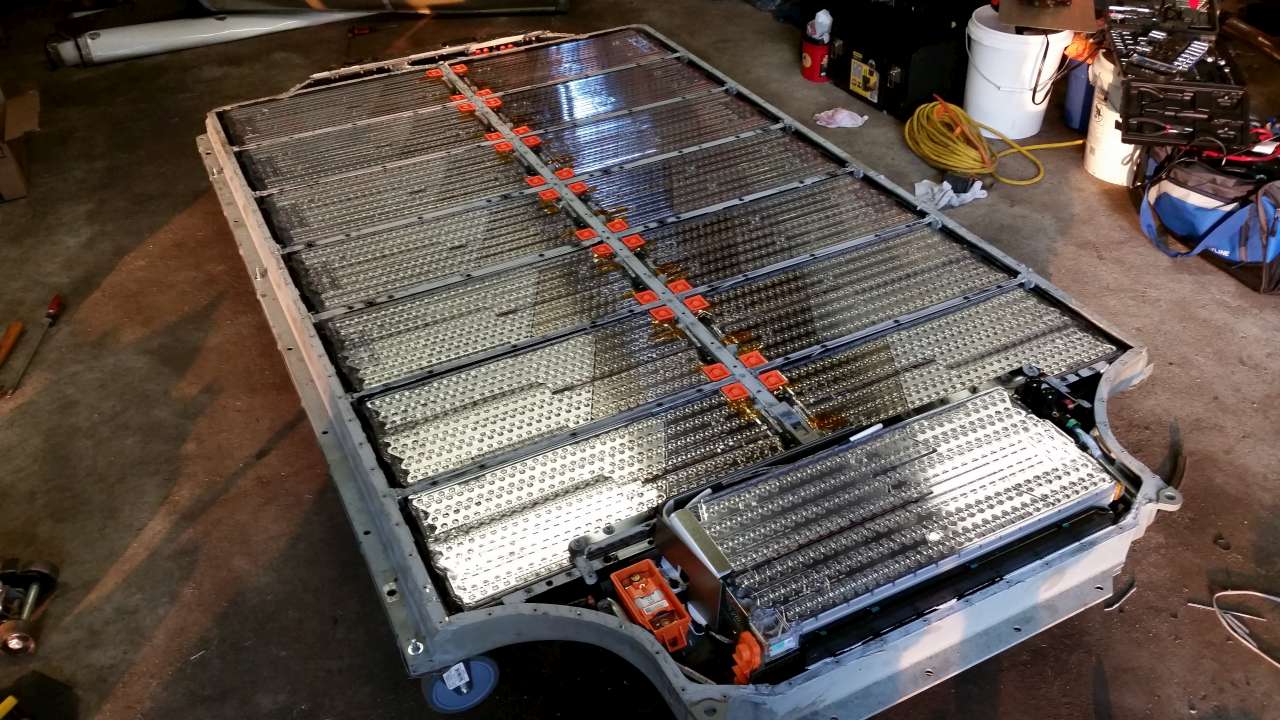SomeJoe7777
Marginally-Known Member
This video suggest that they were burned alive...survived the crash but unfortunately couldn't make it out of the fire
This is an unfortunate sequence of events that in my mind, increased the horror of this tragedy. In many (maybe most?) other cars, the occupants may have been killed on impact from blunt force trauma. In the Model S, due to it's very high safety in collisions, they survived the impact, only to be killed by the fire. Were it another car that crashed and caught fire, the fire would not have been the focus of their deaths.
You can do that with any car. My question is why don't we hear about other EV's like the Bolt/Leaf/i3 catching fire after crashes like we see with Teslas every other month or so? I'm pretty sure it's not because Bolt/Leaf/i3 drivers don't get into serious crashes. So is it true that Tesla's battery chemistry is more prone to catching fire than the other EV manufacturers?
Possibly. But to get a Li-Ion battery to burn, it has to be ruptured and then commence thermal runaway. If you compare a Leaf vs. a P100D, both with teenagers in it, which is more likely to reach a speed and an impact that would rupture the battery pack? I don't think you can only look at the frequency of battery fires and determine that the Tesla batteries are more likely to catch fire, as there are other factors that affect the Tesla battery fire risk other than its chemistry.
There is another Li-Ion battery technology that is being tested in lab conditions that completely avoids thermal runaway under all conditions. See the Nova episode called "Search for the Super Battery".
What Elon says and the reality are two different things! On real crash tests Model S has poor to middle performance.
You've been reading too many opinion pieces written by those automobile manufacturers that are seeing declining sales of their luxury models.



